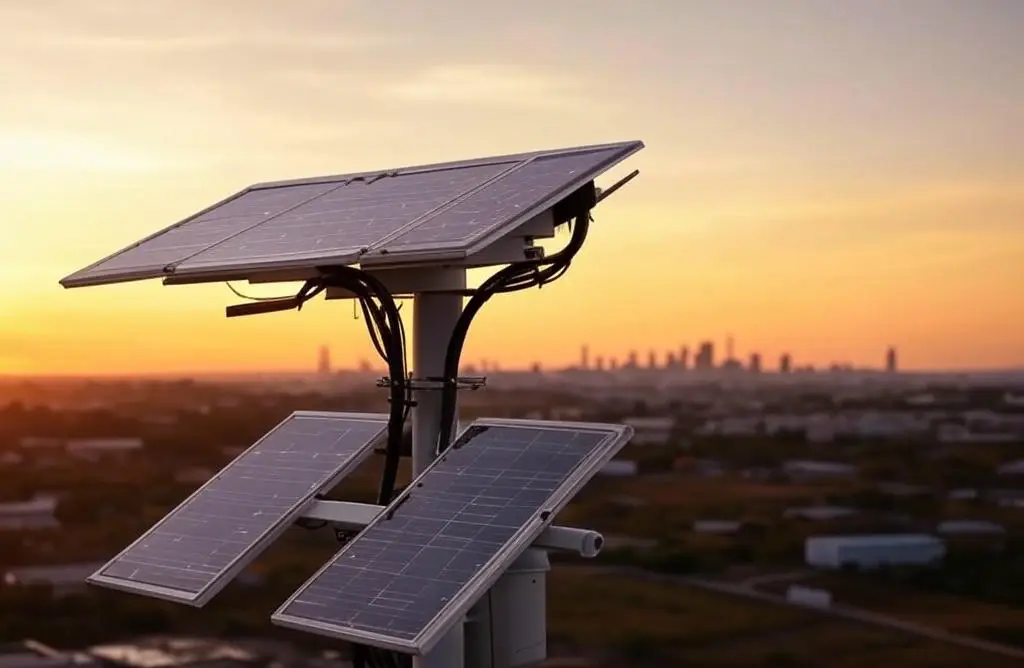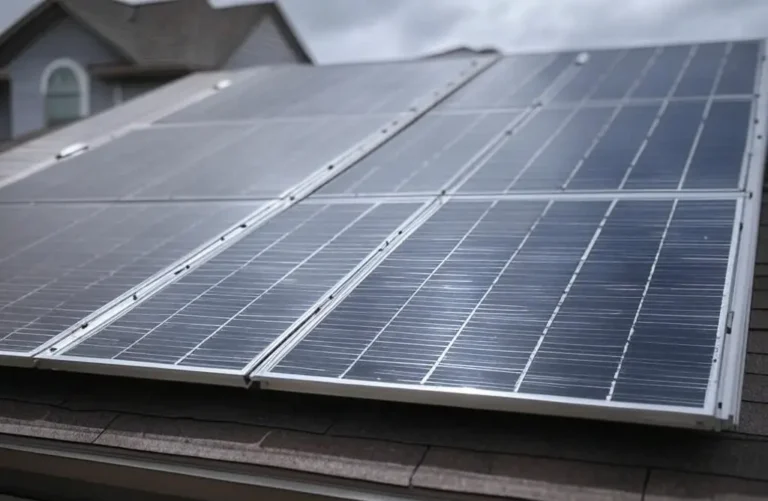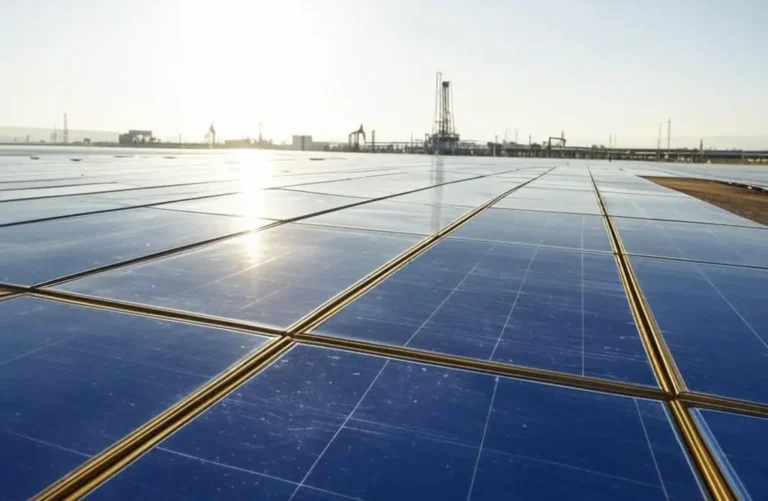Siemens Solar Telecom App 3: Solar-Powered VSAT Systems for Remote Communications
Siemens Solar introduces its Telecom Application 3, a specialized solar-powered solution designed to energize Very Small Aperture Terminal (VSAT) systems in remote and off-grid locations, ensuring reliable satellite communications for data, voice, and internet services. Utilizing our high-efficiency photovoltaic (PV) modules such as the SR50 and SP36, this initiative provides a sustainable, fuel-free power source for VSAT stations critical to industries like telecom, oil and gas, and emergency response. This article expands on the original Telecom App 3 page from our website, offering an in-depth guide to the technology, system design, installation process, benefits, and real-world applications, highlighting Siemens Solar’s expertise in powering remote telecom infrastructure.
The Essential Role of VSAT in Remote Areas
VSAT systems enable satellite-based communications in areas beyond terrestrial network reach, supporting over 1 million off-grid telecom sites globally by 2023, according to industry estimates. Traditionally powered by diesel generators costing $500-$1,000 per kW annually and emitting significant CO2, these systems benefit from Siemens Solar’s Telecom App 3, which leverages SR50 modules to deliver consistent, eco-friendly energy. This solution eliminates fuel logistics challenges and reduces operational costs in remote regions.
Why Solar-Powered VSAT Systems?
- Reliability: Ensures uninterrupted satellite connectivity.
- Cost Savings: Saves $300-$600 yearly per kW compared to diesel.
- Sustainability: Cuts emissions by 1-2 tons per kW annually.
- Remote Access: Powers VSAT beyond grid limits.
Technology Overview
The system integrates SR50 (50W) or SP36 (36W) modules, PWM charge controllers, inverters, and battery storage, optimized for VSAT power demands, as detailed on a1solar.co.uk.
System Components
| Component | Feature | Benefit |
|---|---|---|
| SR50/SP36 Modules | 14-15% efficiency | Stable power output |
| Charge Controller | 10-20A PWM | Protects battery health |
| Battery Storage | 5-10 kWh | Ensures 24/7 VSAT operation |
A 1 kW SR50 array generates 1,400-1,600 kWh annually, powering a VSAT station with a 5 kWh battery for continuous satellite uplink.
Installation Process
- Site Assessment: Evaluates sunlight and VSAT power needs.
- Design: Customizes array and battery placement.
- Setup: Installs in 1-2 days with rugged mounts.
Case Studies
Indonesia Oil Field
A 1 kW SR50 system powers a VSAT for remote monitoring, saving $400 yearly.
Australia Outback
Twenty SP36 panels support a VSAT network, cutting emissions by 1.5 tons annually.
Benefits
Saves $300-$600 per kW yearly, ensures reliable satellite communication, and reduces environmental impact.
Future Vision
Siemens Solar plans to enhance VSAT solutions with 26% efficient modules by 2030.




